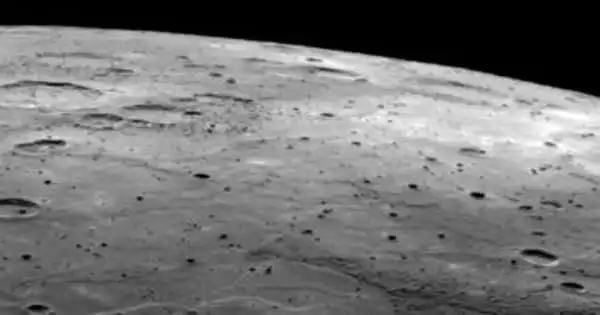The Perseverance rover, which is still pootling around Mars sciencing the shit out of it, has just locked and loaded its third sample to bring back to Earth, breaking its record of firsts.
Percy scraped a little section of rock inside to view something no one has ever seen before: what lurks under the top layer. It appears that the rock, in this case, contains olivine, a strange “greenish mineral.”
The rover’s officials on Earth said via social media, “Another small bit of Mars to bring with me.” “My most recent sample comes from a rock rich in the greenish mineral olivine, and my research team has a few theories about how it got there. The ideas are flying! Science is supreme.”
The rover disclosed a few days earlier than it had “zeroed in on its next target” with some photographs of the scraped-away surface to reveal the rock’s insides, which appear to show some concentrated minerals and sediments, in its zeal to prove that geology does indeed rock.
The majority of the Earth’s mantle is made up of olivine, a magnesium iron silicate. It has a greenish tint and is best known on Earth as the source of Hawaii’s green sand Papaklea Beach. Minerals such as olivine are frequently found in hardened volcanic basalt.

Percy’s initial landing spot, Jezero Crater chosen because it was previously an ancient lakebed, part of a large river delta where minerals like olivines and carbonates, as well as organic molecules, accumulated.
NASA is investigating the relationship between olivine and carbonates, which form when carbon dioxide reacts with liquid water. Because Mars lacks plate tectonics, geological structures that originated billions of years ago have remained relatively unchanged, providing us with a fascinating look into the planet’s history and prospective habitability.
Hypotheses on how the olivine got there are flying, as Percy’s team pointed out. Is there any further evidence that the crater is a dried-up lakebed or a pyroclastic ash dump from an old volcano? Oh, to be a fly on the wall at NASA is Jet Propulsion Laboratory in 2031 when they get down to business investigating these rock samples. Keep an eye out!
















